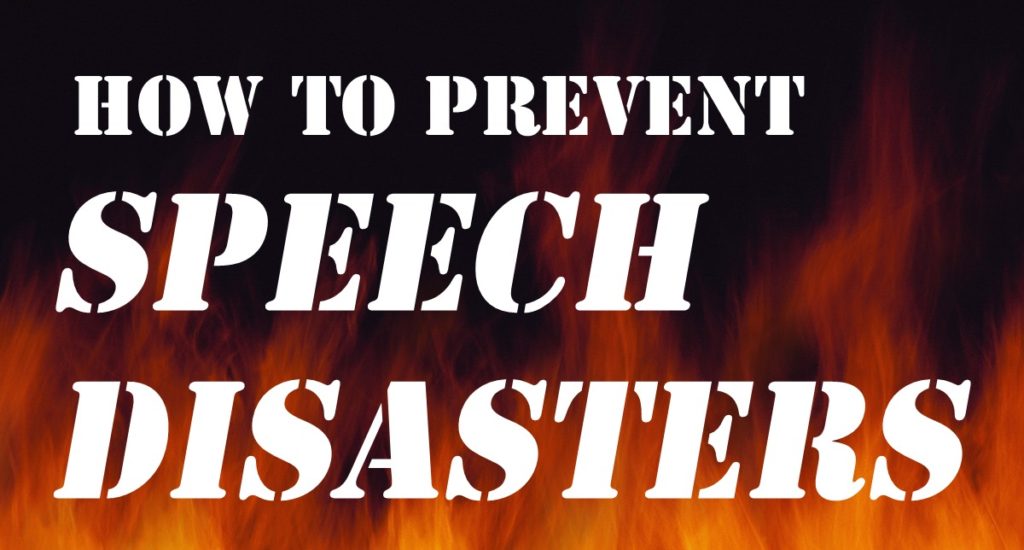The meeting planner had a panicked look on her face as she frantically searched through her bag in the hall outside the main conference room I had just finished speaking in. There were 5 minutes left before the next speaker.
“Is something wrong?” I asked.
“The remote is dead.”
The presentation remote had worked fine for me.
“It probably just needs new batteries,” I said.
“Yes,” she grimaced, “but all I have is double A batteries. The remote takes triple A batteries.”
I smiled.
“No problem,” I said. “I have extra batteries!”
She smiled. And, just like that, I was her hero.
I was her hero because I was prepared; because I had a presentation checklist!
Do you use checklists?
Do you use them for packing, for grocery lists, for your work?
Do you use them for presentations?
You can use checklists for presentations in at least a couple of ways:
- Procedural checklists for recurring tasks in the presentation process
- Presentation “packing list” (e.g. extra batteries)
You may think, I don’t need a check list for a presentation. I can remember everything!
That’s what I used to think, too. But, then I had a few bad experiences that could have been avoided had I used a checklist. Imagine the presentation disasters you might avoid if you use a checklist (yes, these all happened to me, pre-checklist days):
- Contact Info Fail. Running late to a presentation because of traffic, and being unable to contact the meeting planner, because you didn’t get the meeting planner’s cell phone number.
- GPS Fail. Not knowing how to get to a venue because your GPS died, and you didn’t print out a back-up map.
- Water Fail. Getting a tickle in your throat, that turns into a cough, in the middle of your presentation and gazing longingly at the water station at the back of the room because you forgot to bring water with you (or maybe there isn’t any water in the room!)
- Introduction Fail. Having the person introducing you read your bio from the program (and doing so badly), instead of the audience-focused introduction you created because you forgot to 1. email it ahead of time to your introducer (not always possible), 2. ask them to read it out loud to you, with your name spelled phonetically, if it can possibly be mispronounced, or 3. bring your introduction with you (two copies, in case one was lost).
- PowerPoint Fail. Not knowing what to say next because your PowerPoint presentation (which you had been using as a prompt) didn’t work, and you didn’t bring your own computer, or a flash drive, or even back-up notes.
- Timing Fail. Having no idea of how much time you had left to speak, because there wasn’t a designated timer, or even a clock in the room, and you didn’t bring your own timing device (I use the BigClockHD app on my iPhone)
- Ringing Phone Fail. Having your own phone go off in the middle of your presentation, with that blaring alarm ring tone that lets you know your daughter is calling, because you forgot to silence your phone.
Maybe you can remember a list, but why take up mental energy trying to recall everything you need to bring? And, why risk forgetting something, and causing needless stress?
How to prevent a speech disaster? Just use a checklist!
Here’s my checklist (PDF), with notes explaining some items, to get you started!

